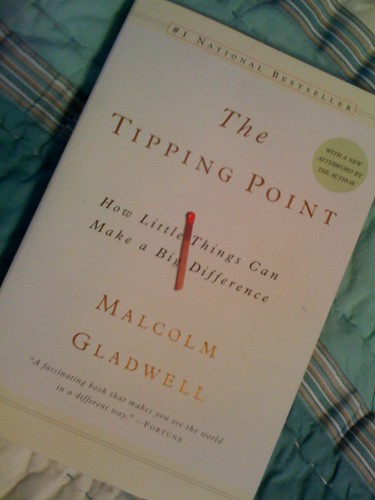
After I read about Here Comes Everybody: The Power of Organizing Without Organizations by Clay Shirky on WorldChanging, I immediately put it on my must read list. A book about social media and organizations seemed right up my alley. The books on web 2.0 that I’ve been reading have been really business based, but this book examines the phenomenon from a socio-political perspective.
While reading this book, I found myself thinking a lot about SNAG. SNAG is in trouble (mostly financial), but I think that trouble stems from a problem with relevance. One of the principles that Shirky looks at is mass amateurization, which is fueled by social media. He looks at the the idea of the “professional” journalist, but applies the problem to many professions. This is one of SNAG’s fundamental problems. The idea of a “professional” metalsmith/jeweler is such a tenuous one to begin with, that many in SNAG feel the need to hold onto that label for dear life by clinging to ideas of “training”, while rejecting things like Etsy, which blurs the line between professional and amateur. In doing so, SNAG alienates what could potentially be a huge contingent of new members.
The other idea that Shirky brings up is that new social tools have greatly reduced the transaction costs of group forming. So much so, that many groups don’t even self-identify as groups. For instance, the group of friends I’ve formed around blogging. Its amazing to me that when I write a post, people are willing to comment, to give me support and feedback. This lower transaction cost is trouble for organizations like SNAG, which has a huge overhead and the need to control the collective action of the group. Not only that, if I can get support from my peers on a daily basis through this blog, why would I need to rely on an organization that can only provide that once a year at a very expensive conference.
I don’t believe that SNAG is completely useless, but SNAG needs to reexamine its mission and structure if it wants to continue. Reading Here Comes Everybody would be a good place to start.
Verdict: If you’re at all interested in how group forming works in the post web 2.0 world, then this is a worthwhile read.








